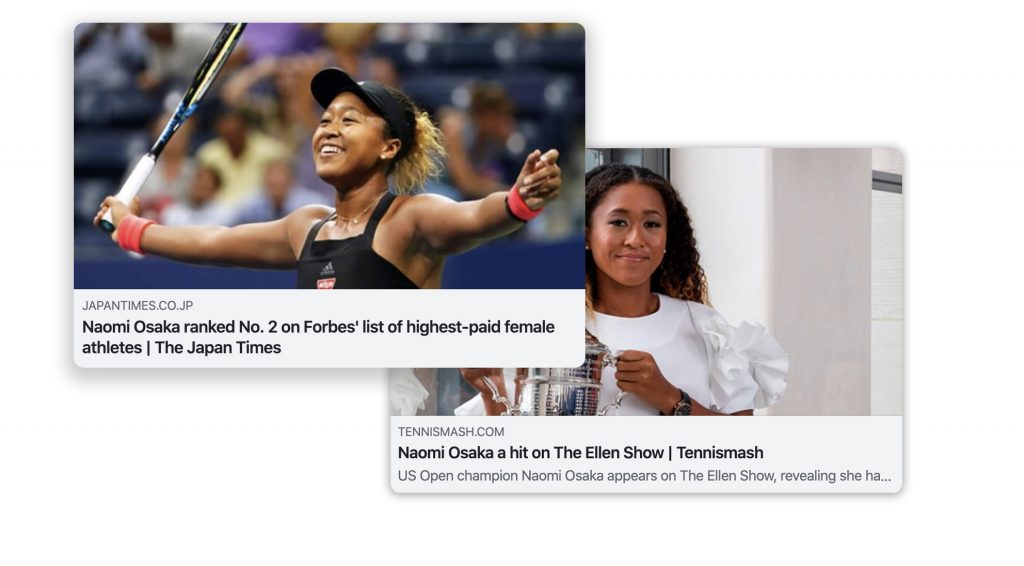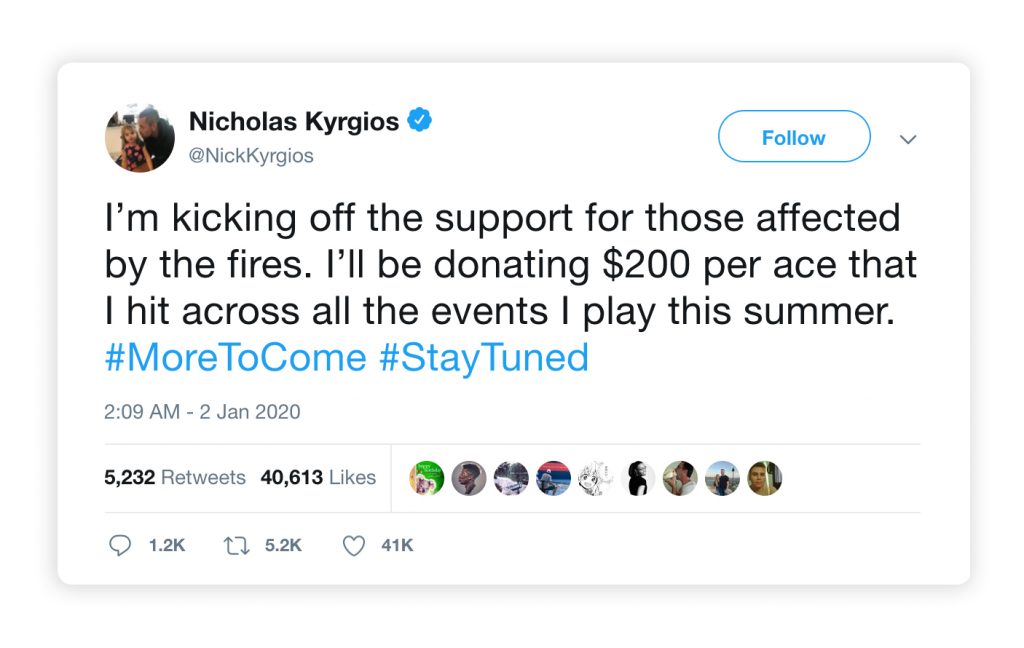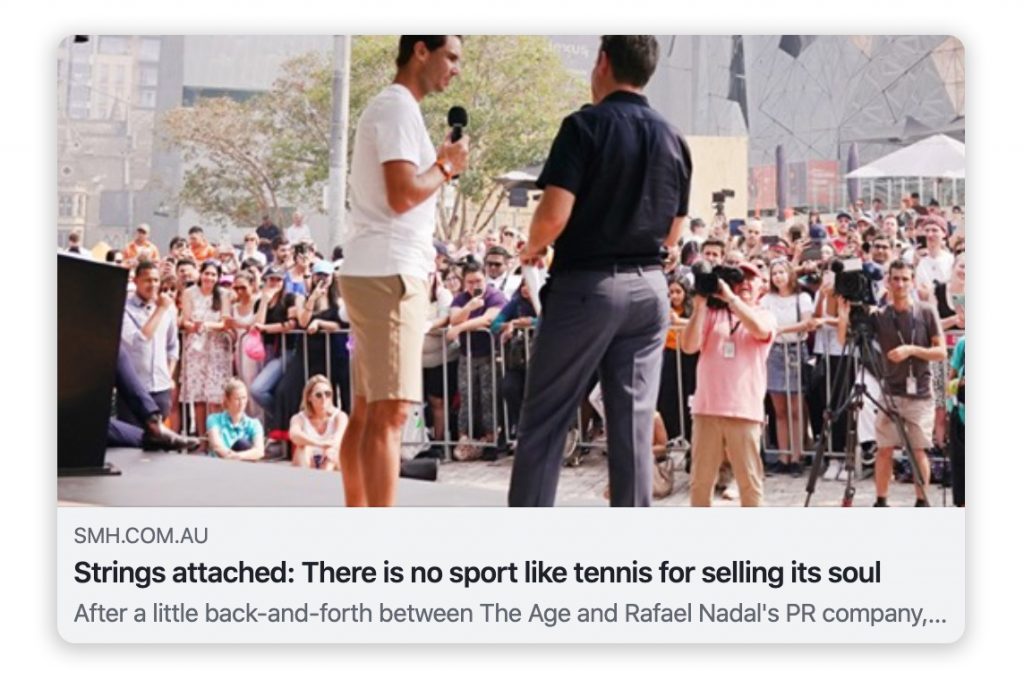Yellow Balls and Big Brands
Adrian Romeo
Get the right tools, the right people using them and measure what matters to drive your brand or content strategy.
With the #AO2020 underway, expect to see over 800,000 people from all around the word descend onto Melbourne Park to see the world’s best tennis players mix it up on 40 courts and an even bigger audience streaming play into their homes and on their phones.
Consistently reported as a favourite tournament of fans and players alike over the years, it is recognised by the brands who invest heavily in world’s top players, future stars, and through event partnership and sponsorship.
It’s a place for brands to activate and an opportunity to be associated with the positive experiences of athletes and fans alike, which become memorable stories that resonate over the 19 days the event takes place. In recent times we saw the rise of 2019 Australian Open champion Naomi Osaka. In 2019 she was second only to Serena Williams in endorsement income, an estimated $16 million off-court (not including the free TV courtesy of Ellen DeGeneres!)


The year we just saw Nick Kyrigos take on both a personal and public transformation on a global stage. Starting with a single tweet to his 360.9k Twitterverse followers, he rallied together the athletes, industry and corporate partners to create a movement. With #Aces4BushfireRelief supporting those all over Australia whose communities and lives have been absolutely devastated by recent bushfires.
Stories as we know can also have a negative brand impact. I’m not just talking about an image of a mangled Yonex or Head logo courtesy of the very one and the same Nick Kyrgios or seven time Australian Open Champion, Novak Djokovic.


I’m talking about experienced sports columnist, Greg Baum of The Age taking a stand for journalistic independence and slamming the publicist team of Rafael Nadal trying to create an ad for an insurance company sponsor under the guise of an editorial piece.
It’s Greta Thunberg lobbing bombs the way of Roger Federer on Twitter questioning the Swiss maestro’s position on climate change in light of his sponsorship links to bank Credit Suisse and its financial support of companies commercialising the fossil fuel industry.
Many would have withered under that spotlight, but his response is an interesting case-study for the life-long students of public relations. I encourage you to read it.
It’s long a new world of influence shaping opinion we see taking place online in the hands of consumers and extending its reach across every channel. A spark in social media as we can see quickly engulfs online news, forum and radio discussion, television, blog opinion pieces, and print news.
For any brand it’s crucial to understand what you can capture from each of your consumer channels regardless of what they are. A common mistake is this idea of distinguishing between traditional versus online versus social to protect and validate work. All of your channels intersect. What appears as a discussion on Reddit can quickly spread to Facebook then Online News and Radio. Just because a data partner doesn’t have the capability or expertise to capture particular data set doesn’t mean it should be ignored in favour of something else.
Ultimately, the data pool for any communications or marketing research mix is either linguistic, numeric or visual. If it is valuable data, you are data rich. Don’t be insight poor. Get the right tools, the right people using them and measure what matters to drive your brand or content strategy.

Adrian is Manager, Digital Consumer Intelligence at One Small Step Collective. He is a sometime data transformation guru and once-upon-a-time 5.5 tennis player helping others turn data into insights which inform decisions and create opportunities for brands.

